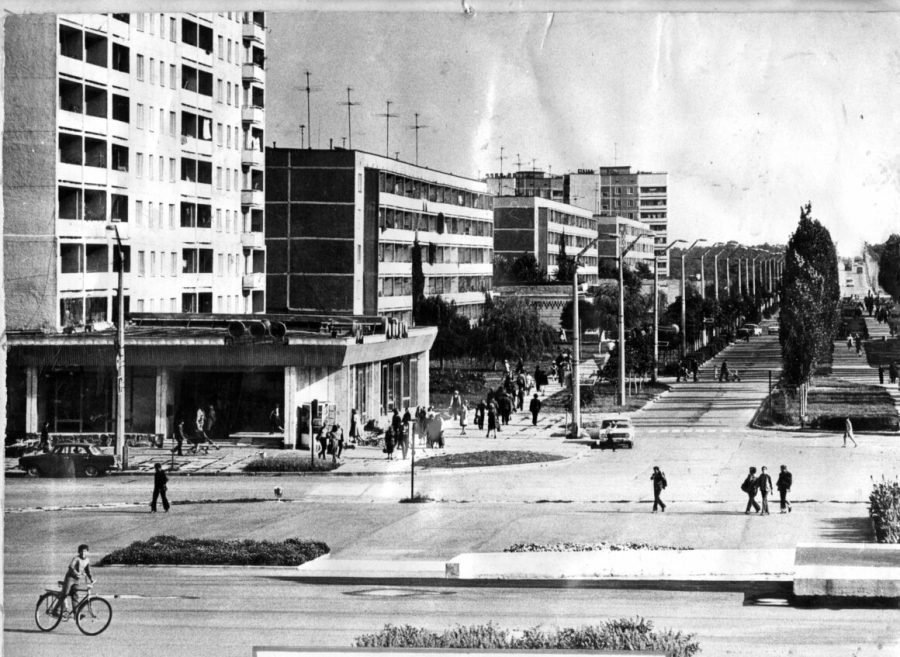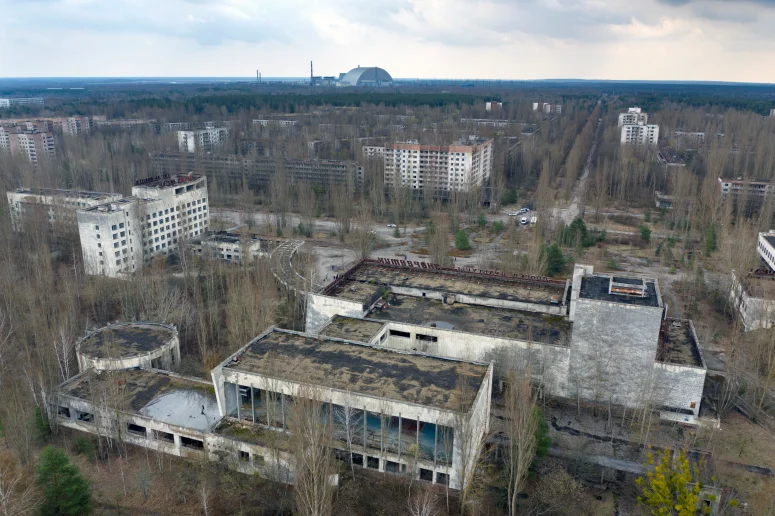Exploring Chernobyl
A look inside the Chernobyl Exclusion Zone today
May 15, 2023
“Fifty thousand people used to live in this city. Now it’s a ghost town…” -Captain MacMillan
The Chernobyl accident is widely regarded as the worst nuclear accident in history and for good reason. It is responsible for the displacement of 350,000 people and is one of two nuclear meltdowns rated as a 7 on the INES scale, which is “a major release of radioactive material with widespread health and environmental effects requiring implementation of planned and extended countermeasures” (NucNet.org).
Reactor 4 blew up on April 26, 1986, and in the years following the explosion, hundreds of thousands of people evacuated. The area surrounding the reactor became the Chernobyl Exclusion Zone, where habitation is prohibited. It is perhaps the single most irradiated area in the world. Today, however, where nature has taken over, it looks very different than it used to.
If you’ve ever seen a ghost town, this is the ultimate ghost town. With a small metropolitan area of 3 mi, and rural outskirts surrounding the ghost town, there’s plenty to explore. Most of the city has been consumed by foliage and other wildlife. Packs of wild dogs roam the area, foraging in the skeleton of the city for scraps. In the wake of the worst nuclear disaster in history, nature has persevered and retaken what was once hers.




